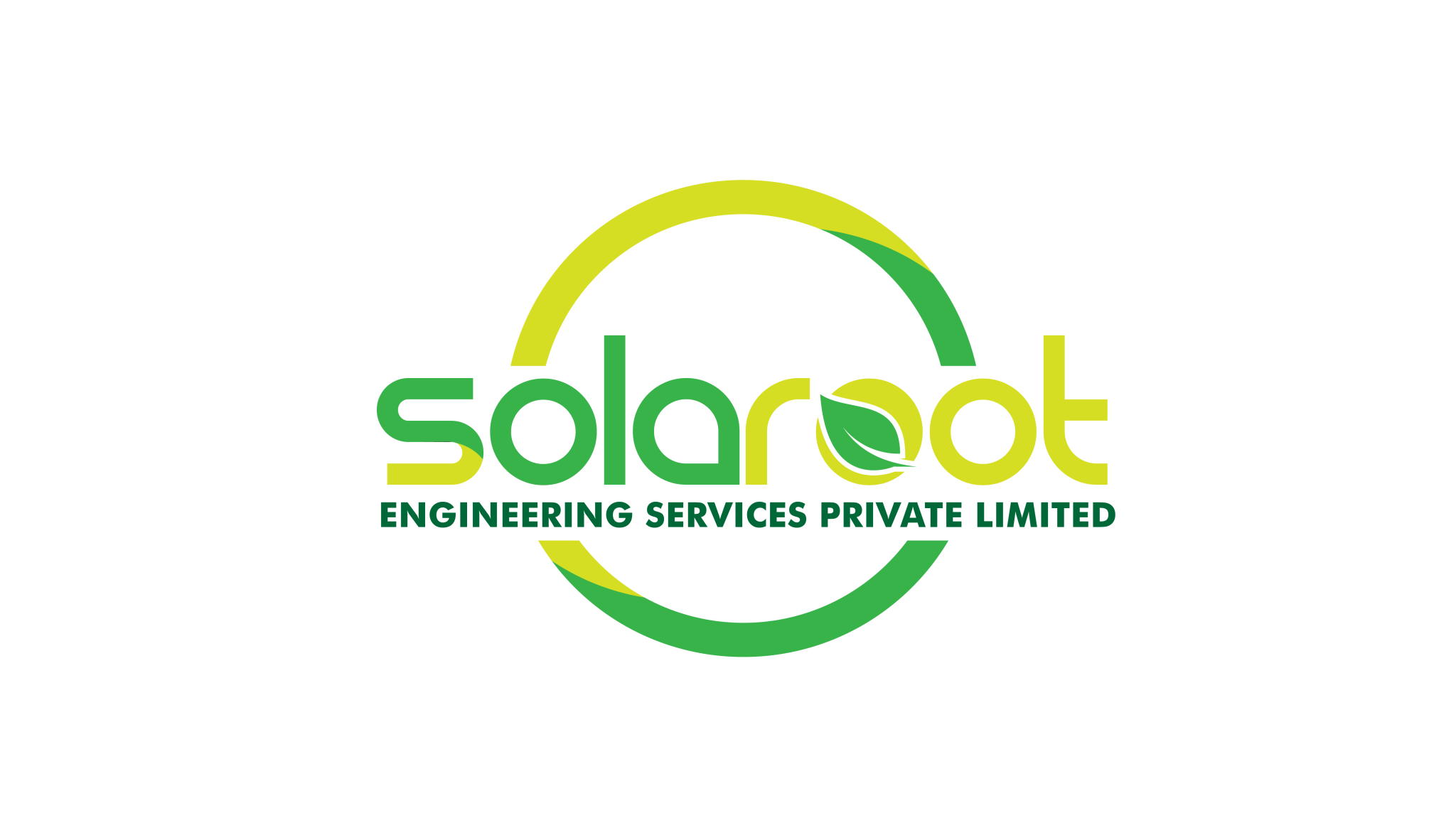Solar plansets are blueprints or roadmaps that help the installer navigate the installation process while providing an idea of how it will look on the property for homeowners. However, the complicated part is designing this PV planset. Preparing a PV planset requires understanding unique and regulatory project needs – including building codes, stamping, wiring, components placements, layout, etc. In this blog, we’ll master the solar plan set by avoiding common mistakes to ease the installation procedure, along with top tips. So, let’s get into it.
What is a Solar Plansets?
A Solar planset, or PV planset, is essential in solar system installation. It’s a blueprint for solar installers and homeowners; it includes the major to small details necessary for the permit and is designed in written instructions, diagrams, and drawings that ensure the system meets local building codes, zoning laws, and safety regulations.

Things a solar plansets includes:
- Cover site layouts
- Structural information.
- Electrical design
- Equipment details
- Engineering Calculations
- Labels
- Placards
- Specifications
This will guide installers throughout the installation process, ensure it meets local regulations, and obtain a professional engineer’s (PE) stamp from the local authorities.
Types Of Solar Plansets
In solar installation, there are three types of solar plansets:

Residential Solar Plansets
You can guess it easily by the name, as residential solar plansets are designed for private property or residential homes. It focuses more on small-scale installation projects, including –
- Roof layouts
- Load calculations
- Equipment specs
- Wiring diagrams
A residential solar planset must adhere to local building codes and solar permit regulations. These regulations can differ from commercial requirements; these codes include setback rules that vary depending on the site-roof load limits and other home-specific considerations.
Commercial Solar Plansets
Commercial solar plansets are slightly different from the residential solar plansets. These plansets include large-scale projects like businesses, retail chains, factories, schools, or universities. Here are the things the solar planset includes:
- Large arrays
- Site plans
- Electrical plans, including the National Electrical Code (NEC)
- Structural Plans
- Equipment (e.g., battery, inverter, and transformer )
- Bill of materials and load calculations
- Cables and connectors, etc.

You must follow these to meet commercial solar regulations:
- Building codes: comply with fire codes and proper setbacks for safety.
- Load calculations: Make sure the structure can handle extra weight and load of solar panels.
- Structural consideration: Mounting systems to handle larger arrays’ weight and wind loads.
Commercial solar plansets must comply with the regulations and follow every rule, as these projects may include unique and large mounting systems.
Solar plansets with battery storage
These plansets are similar to residential and commercial ones, but battery storage is the only thing that separates them. In this planset, you’ll find the instructions for installing solar panels with batteries and equipment, covering design, installation process, and safety guidelines.
Also, you can easily find where to locate the panels, battery type, and interconnection procedure.

Top 5 Mistakes to Avoid in Your PV Planset
Isn’t it time-consuming if your PV planset gets rejected and you must follow the same procedure again? So, to save your time and effort and to avoid delays, let’s first see what’s the common mistake that people make:
1. Lack of clarity
The most common mistake is unclear permit design. Understand this: the more your PV permit design is well-structured and clear, the more it will easily guide installers in understanding and following the planset.
Unclear and complicated solar plansets will only create confusion, leading to later installation faults. Also, if your solar planset requires a PE stamp, an unclear PV planset could get rejected. So, how would someone be confident about the proper installation if your solar planset compromises its quality and shows as unclear? It will become complicated for the other person to understand the factors – diagram, wiring, layout, etc. No doubt, with unclear solar plansets, your project will be delayed and has a high chance of getting rejected.
2. Documents NOT in order
Most of the time, your PV planset gets rejected due to incomplete documentation. Ensure all documents, such as site plans, structural assessments, and system design, are accurate and complete. Submitting solar permits without these details can lead to delays.
If you get your permit ready with the agencies or solar permit services, they may ask for additional documents, such as engineering reports or solar equipment spec sheets. If you don’t provide these details, it can lead to delays, as more information helps them get more insight into the project, making the process faster.
3. Lack of compliance
Before you submit your permit application for approval, cross-check all the details, especially if it indicates your PV plan set complies with local building codes, utility standards, and AHJ requirements. If your solar plansets fail to adhere to any of the regulations, they can lead to solar permit delays and rejections. So beforehand, it’s crucial to thoroughly understand the details, research well, and incorporate the jurisdiction’s specific PV permit requirements.
4. Incorrect details on the planset
The errors on your solar planset and missing details need to be revised, such as – missing information on electrical connections, equipment specifications, or structural requirements. Solar planset must provide comprehensive and accurate information to ensure successful approval of your solar project.
There can be several reasons for incorrect information on the PV planset, including miscommunication or complex regulations. However, these could lead to delays in approvals, reducing the system’s performance and leading to potential safety hazards. Cross-check all the details, documents, and other relevant regulatory requirements to ensure the permit design’s accuracy.
5. Not preparing early
Preparing early always contributes to successful completion or outcome. Still, people frequently need to pay more attention to preparing for research or collecting all the documentation. While designing a solar planset, you must gather some paperwork and local AHJ requirements. By this, you save time, enhance the quality process, and familiarize yourself with the entire process. So, when preparing a PV plan set, you can rest assured that you’ve planned everything without any hassles.
Top 9 Tips to Master the Solar Plansets & Faster Approval
Mistakes and delays could be part of the solar planset process if you’re a newbie or doing it yourself. If you keep these things in mind, you can avoid such mistakes. Here are these things:
1. Understand the local Regulatory requirements.
Complying with local regulations is a necessary step in a PV planset. It ensures your solar system installation is safe for your surroundings and yourself. Get familiar with the local AHJ requirements to make the further steps easier. This will avoid delays and reduce the chances of rejection.
Regulatory-specific requirements include the National Electric Code (NEC), building code, and utility needs. Because each project has unique needs, some requirements may differ according to your local authority. Understanding the local regulatory system will help you.
2. Site Assessment
Before preparing the Solar plansets, conduct a complete site survey to understand the layout panel placement and analyze the shading, sun exposure, and other environmental factors such as wind. You can use software and tools to conduct a site assessment. This will help you to get better results for your solar project.
3. Remember essential terms in the Solar Diagram.
There are numerous technical terms that you need to know when preparing a solar planset; it will be helpful if you are familiar with them. Here are these:
- Solar Panel Schematics
- SLD – Single Line Diagrams
- String combiner box
- Net metering
- Solar Three-Line Diagrams
- PV Schematics
It will ease your process if you’re well-informed about these terms.
4. System Design & Component Selection
The selection of components should be completed appropriately, as it’s a long-term system, and you need to ensure its quality. These components include solar panels, an inverter, a battery, etc., and the client’s unique requirements. Design the system layout with accuracy, ensuring optimal orientation and tilt of solar panels for energy needs. Also, mention the details, such as mounting structure, if required.
5. Consider Quality
Quality matters regarding well-structured PV plan sets; the more precise and detailed, the faster they will be approved. The PV plan set is an essential document for solar installer installation. If there is a lack of quality, it can lead to complications and installation mistakes.
6. Complete Paperwork
Ensure you have all the documents and accurate information in your solar planset; otherwise, it can lead to delays or rejections. You can research before submitting your application; your application must attach the complete documentation and details such as –
- Electrical Plan: This single-line electrical diagram includes the number of modules, locations of the leading service and utility disconnect, and the make and model of an inverter.
- Site diagram: The placement of solar panels on the ground or roof is added to your solar planset’s site diagram. It also includes the building’s dimensions and distance from other structures.
- Wiring diagram: A wiring system diagram.
- PV solar array labels: The document must add the labels of PV solar arrays
- Solar company certifications: Certification and permit from the solar company
- Fire rating: Document that rates the fire safety of the system
- Solar map placard
- UL (Unlisted Laboratories) spec sheets
7. Research & Make a checklist.
Research and a checklist are excellent approaches to mastering a solar permit method. For effective research, you must stay updated with the latest regulations, codes, and standards required for PV installations. These requirements depend on your local AHJ requirements. Moreover, get updates on local building codes, utility requirements, and National Electrical Code (NEC) updates.
Visit the official local AHJ or utility company websites. There, you will find various details mentioned. Collect all the required details and list them according to your unique project needs. This will save you time while preparing your solar permit and lead to faster approval.
Make a checklist of all the compliance requirements. This will help you understand the project documentation and determine whether it meets all the requirements. It will simplify the process, making it helpful and improving the quality and safety measures.
8. Tools & Software that can be used
Invest in tools or software for designing PV plansets; it helps automate parts of the solar design process. These tools can help you visualize your solar system and help you with electrical and structural calculations, shading analysis, and layout planning. However, the solar tools or software available can be free or paid; choose according to your requirements.
Here are the tools/software –
- Free – RETScreen – software by the Canadian Government, PVwatts calculator, Enphase Enlighten
- Paid – PV Syst, SketchUp, Solarius, Sunny Design, Solargis.
9. Get professionals Help
Partnering with professionals is best if you’re in a hurry and looking for a faster yet easier process. They can speed up the entire process without compromising quality and are on-time permit design-ready. These services have expertise in specific locations that avoid delays and any mistakes.
One of the professional and reputable names in the industry, Solaroot Engineering Service Pvt. Ltd. We provide quality services while taking good care of your pocket—it’s an affordable deal!
Conclusion
In conclusion, if you want to master the solar plansets and prevent common mistakes, then concentrate on clear, detailed documentation, comply with local regulations, and research early to be a master of your PV plan-set. Getting approval on your permit design may sound tricky, but it’s not rocket science. You can also get approval in one go; avoid the errors mentioned earlier.
Getting professional help to avoid the hassle of the process will ease the permit process and lead to successful solar installation. Installing solar is considered construction work that needs to be completed safely.



